Transforming Garbage: On Composting with Özgül Öztürk
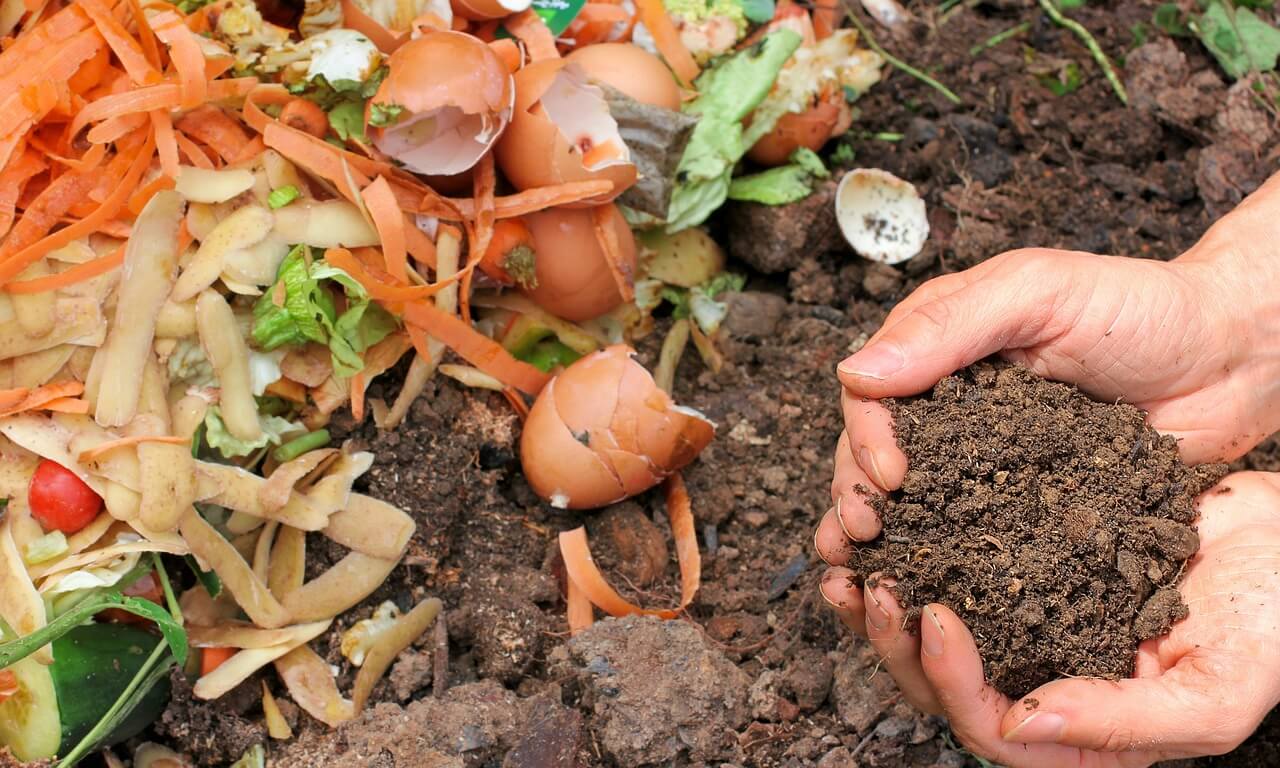
One of the crucial steps in the sustainability journey is to respect and nurture the natural soil cycle. In this journey, we encounter “compost,” the miraculous sustenance for the soil where organic waste undergoes transformation, a gift that nature bestows upon us. Architect-Circular Designer Özgül Öztürk elucidates the transformative power of compost, its impact on sustainability, and key considerations for readers of Hitit Mod.
“Compost serves as a potent tool in the battle against climate change: it reduces waste, conserves water, fosters healthier plant growth, and mitigates soil erosion.”
What is compost? Why is it essential for both sustainability and soil health?
Composting is a natural process wherein organic materials like leaves and food waste transform into a valuable fertilizer, enriching soil and supporting plant growth. Everything that grows will eventually decompose, and composting expedites this process by creating an optimal environment for decomposing organisms like bacteria, fungi, and worms to thrive. The resulting decomposed matter, resembling fertile garden soil, is known as compost.
Compost serves as a potent tool in the battle against climate change: it reduces waste, conserves water, fosters healthier plant growth, and mitigates soil erosion. Proper composting of organic waste from our daily lives, such as inedible or unused food, diminishes the reliance on chemical fertilizers, enhances soil health, and aids in restoring fertility. Additionally, it improves water retention and facilitates nutrient delivery to plants.
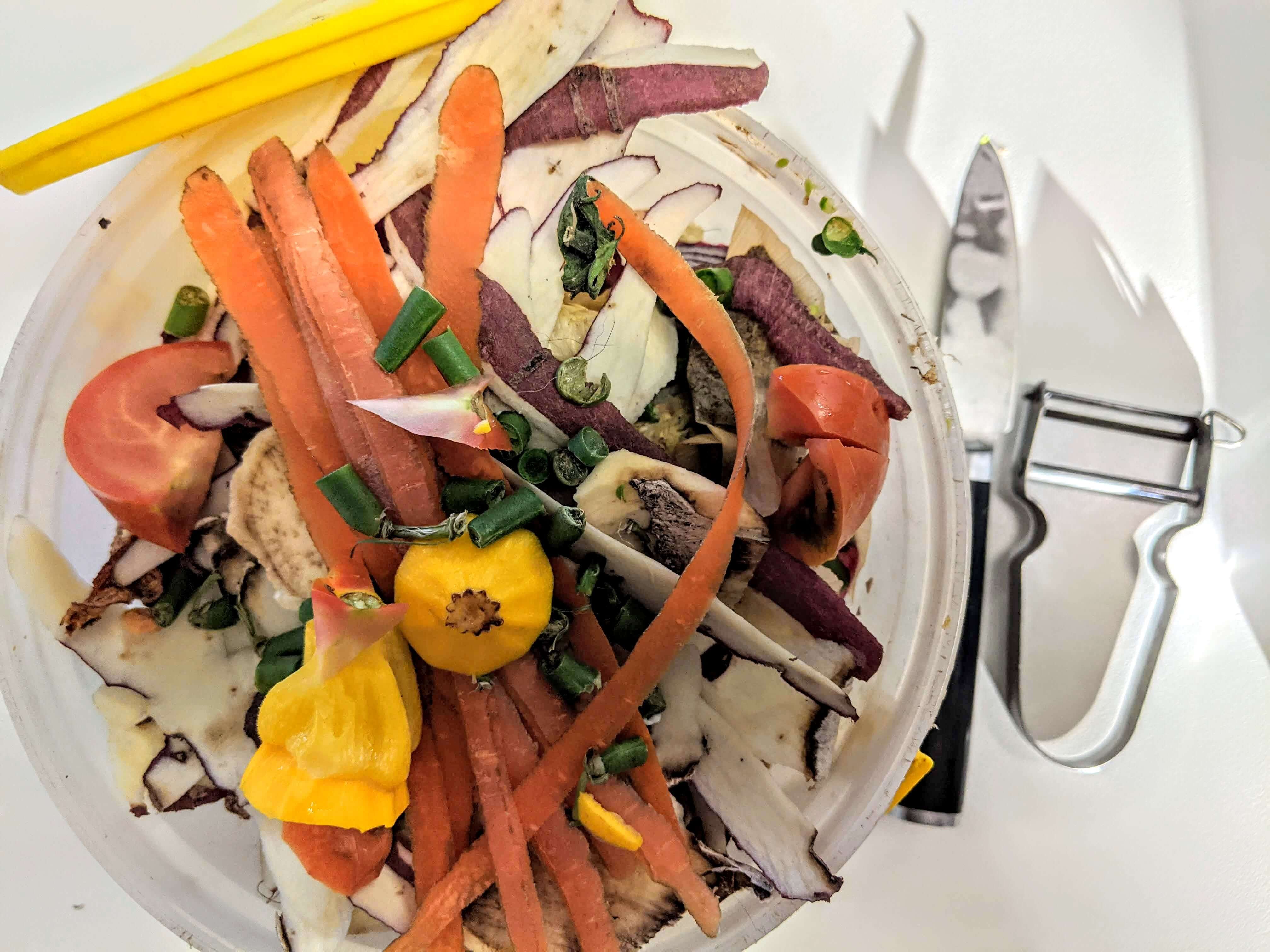 |
Can all waste be transformed into compost fertilizer? What organic materials are suitable for composting?
Dry waste items such as food waste, leaves, twigs, tree parts, dried leaves, grass, paper, wood, feathers, green leafy vegetables, fruits, tea pulp, eggshells, coffee grounds, and nut shells can all be composted.
However, there are certain materials to avoid, including citrus peels with high acidity, leftover meat, poultry, fish, bones, shellfish, diseased plants, plastics, dairy products (which can produce foul odors and harbor microorganisms), waste oil, frying oil, metal, fabric, pet waste, and animal litter.
“A balanced ratio of carbon to nitrogen is crucial for the bacteria responsible for turning organic waste into fertilizer.”
How many types of composting methods are there? What steps should we follow, and what should we pay attention to for a successful composting process?
There are various composting methods, including hot composting, cold composting, trench composting, worm-based composting, bokashi composting, and compost tea.
The quality of the final compost product, in terms of physical and chemical aspects and nutrition, improves with a greater variety of natural ingredients. When making compost, certain factors must be considered, such as carbon and nitrogen content, moisture content, temperature, ventilation, and oxygen. Maintaining control over these factors during both the preparation and processing stages is crucial for obtaining high-quality and efficient compost.
A balanced ratio of carbon to nitrogen is crucial for the bacteria responsible for turning organic waste into fertilizer. To achieve this balance, it’s important to use green and brown ingredients in equal proportions. The moisture content of the mixture can be kept in balance by incorporating fresh food waste and garden waste.
Green Ingredients
Green ingredients, rich in nitrogen, encompasses kitchen waste such as fruit and vegetable scraps, pits, coffee grounds, tea pulp, peels, uneaten scraps, and eggshells. Any kitchen waste that is not fatty or meaty is suitable for composting. Additionally, waste like grass clippings, pruning waste from fresh plants, leaves, weeds, and livestock manure are also considered green materials.
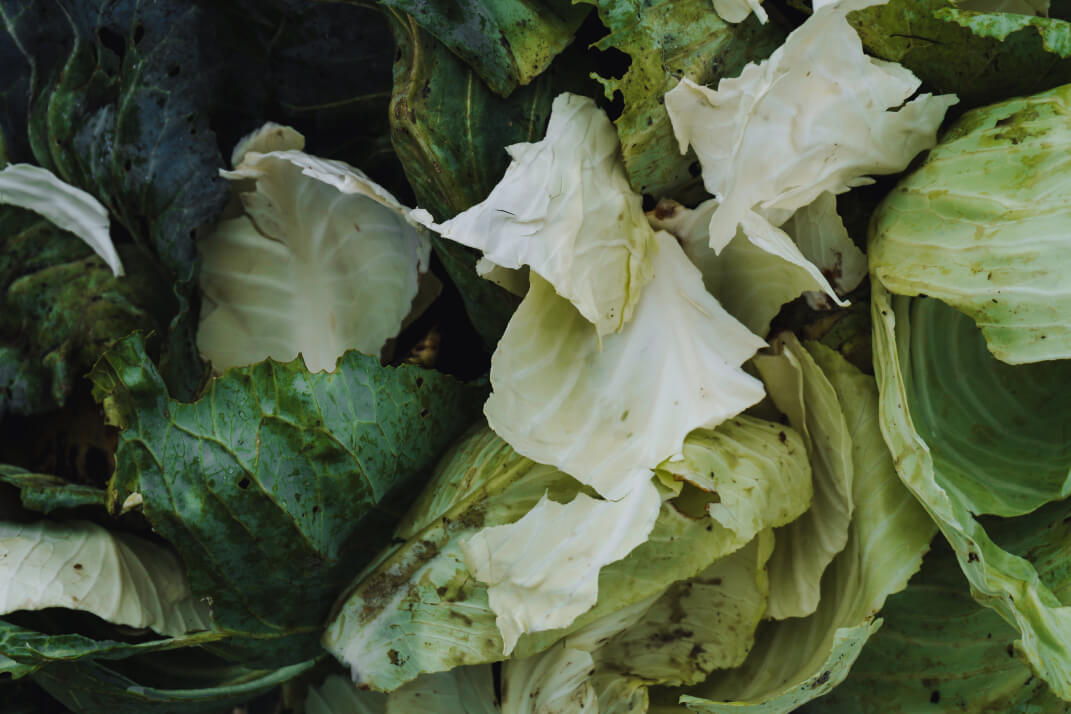 |
Brown Ingredients
Brown ingredients, rich in carbon, includes paper, newspaper, cardboard, corn stalks, straw, wood shavings, fallen leaves, small twigs, and shredded tree branches. The ideal ratio of nitrogen to carbon in the compost pile is 50/50. Therefore, each piece of brown material added should be balanced with green material.
Water and Oxygen
Maintaining the proper balance of water and oxygen in your compost system is crucial. This system nurtures an ecosystem of beneficial microbes that convert food scraps and garden waste into nutrient-rich compost. These microbes require oxygen to perform their tasks effectively.
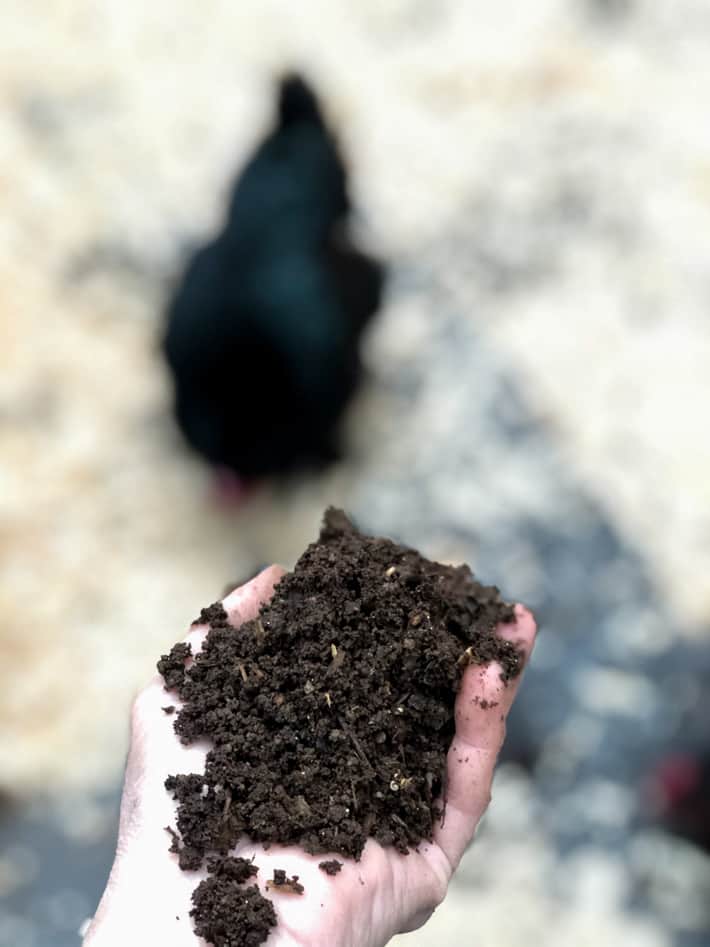 |
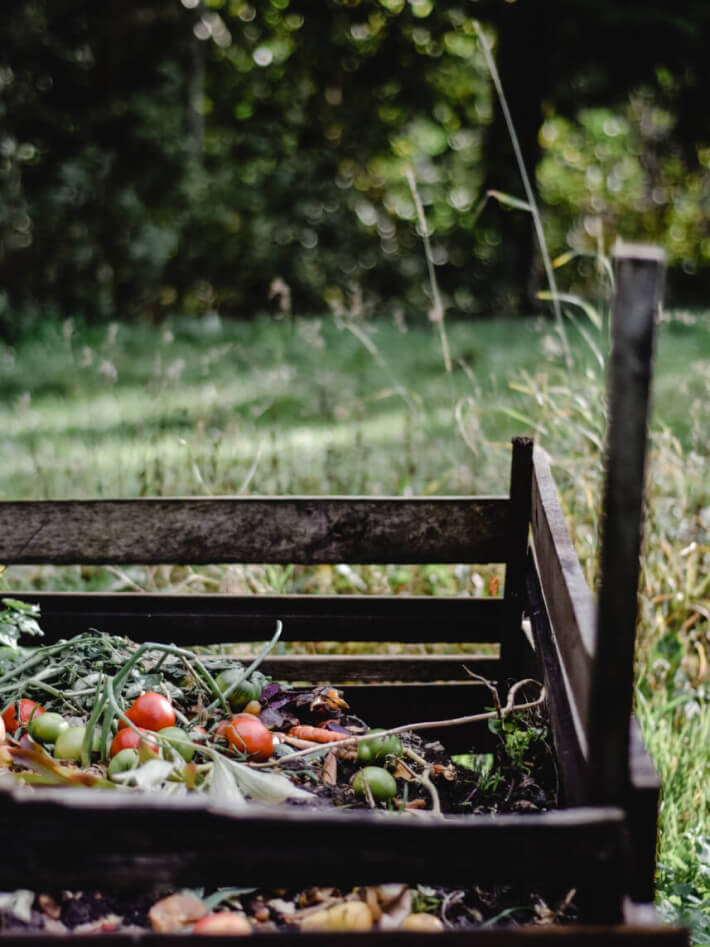 |
How to make compost at home or in the garden? Are there any compost recipes you can recommend for beginners?
To create compost at home, simply prepare a well-balanced mixture of green and brown waste and use a large bucket. You can either opt for buckets specifically designed for this process or create a homemade device. If you choose the DIY route, consider using wire mesh to deter flies and insects from entering the bucket.
Maintaining the moisture and air balance is crucial. Regularly aerate the mixture to ensure optimal conditions. For a faster composting process, incorporate garden waste such as freshly cut grass, grass clippings, and leaves into the bucket. This addition will accelerate the decomposition process.
Hot and cold compost, two distinct methods for producing compost fertilizer, can differ in volume, duration, and efficiency. At this point, it would be appropriate to decide based on the area where you set up your system and your fertilizer needs.
Instead of adding materials as whole items, it’s advisable to divide them into small pieces and regularly turn the compost to evenly distribute oxygen throughout the pile. Revitalizing the compost is crucial. If food scraps have been added, the compost will likely be wet enough; otherwise, you can add a little water. Ensure that this is done in a way that allows the compost heap’s system to breathe. For larger garden operations, consider trying composting in an outdoor garbage container.
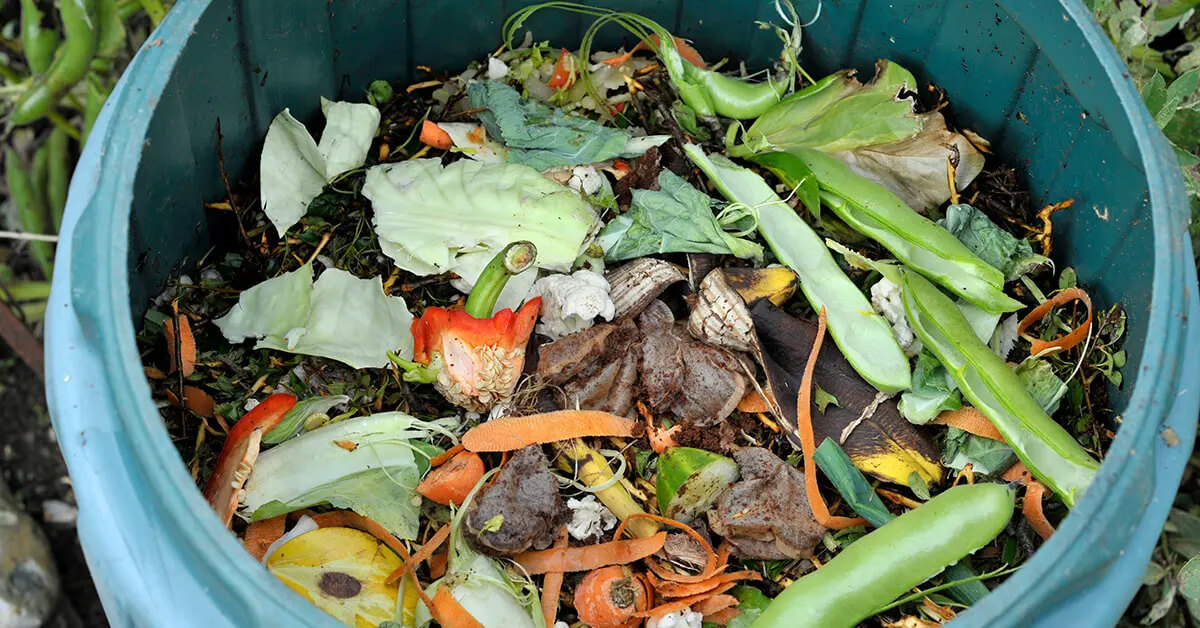 |
How do we know when compost is ready to use?
Compost is ready when it resembles rich, dark soil more than rotting vegetables in both appearance and smell. In other words, it should be dark brown, crumbly, and have an earthy aroma.
How can people who do not have a garden or do not grow plants at home use compost?
They can give it as a gift to those who have a garden or grow plants at home. Alternatively, they can create a community garden in the nearest park or garden with neighbors and use it there.
It takes many years for a one-centimeter-thick soil to form. From this perspective, what would you recommend for the widespread adoption of compost usage in society?
It is crucial to establish communal compost collection centers in locations with significant organic waste output, such as marketplaces, restaurants, hotels, markets, workplaces, and school cafeterias. Initiatives should focus on initiating, promoting, educating, and encouraging the public to participate. The final products can be utilized for clean food production, and circularity can be established by reintegrating food waste back into the composting process.
